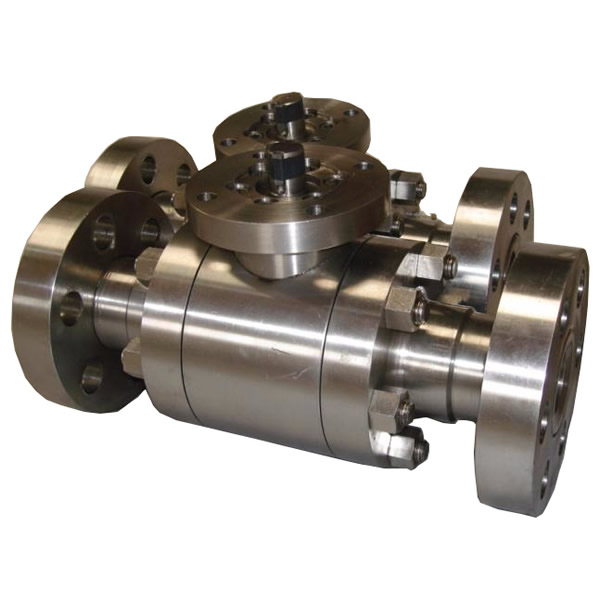To reduce industrial accidents, valves include safety functions. For example, when the pressure gets too high, your processing system can have a safety valve that opens. When the temperature of the material being processed gets too high, you can have an inlet steam valve that automatically closes. The performance of a valve’s safety features is measured in terms of the Probability of Failure on Demand (PFD). Through this calculation, you get a SIL level as an indication of system reliability and integrity, and it’s measured on a scale of 1 to 4 (4 being the safest and most unlikely to fail).
At SIL-1, there’s a 0.01 to 0.1 percent chance of failure on demand. At SIL-2, the odds decrease to a 0.01 to 0.001 percent probability. SIL-3 rated valves, which are considered the best value for the safety level and cost, have only a 0.0001 to 0.001 percent chance of failing. SIL-4 offers the highest safety level, with a failure probability of 0.00001 to 0.0001 percent. While it’s technically safer, it costs a lot more to put in place compared to SIL-3 valves, which are still unquestionably safe. It may seem these failures on demand probabilities are “one in a million.” However, given the frequency of operation butterfly valves endure in systems like energy generation and water processing, narrowing the odds of failure as much as possible is of the utmost importance
Installation process of butterfly valve :
- Clean the pipeline of all contaminants.
- Determine the direction of the fluid, torque as flow into the disc may generate higher torque than flow into the shaft side of the disc
- Position disk in the closed position during installation to prevent damage of disc sealing edge
- If possible, at all times the valve should be mounted with the stem in horizontal to avoid pipeline debris collecting at the bottom and for higher temperature installations
- It should always be installed concentrically between flanges as mentioned above. This helps to avoid damage on the disc and eliminates interference with the pipeline and flange
- Use an extension between the butterfly valve and wafer check valve
- Try the disc by moving it from the closed position to open and back to ensure it moves flexibly
- Tighten the flange bolts (tightening in sequence) to secure the valve following the manufacturers recommended torques





